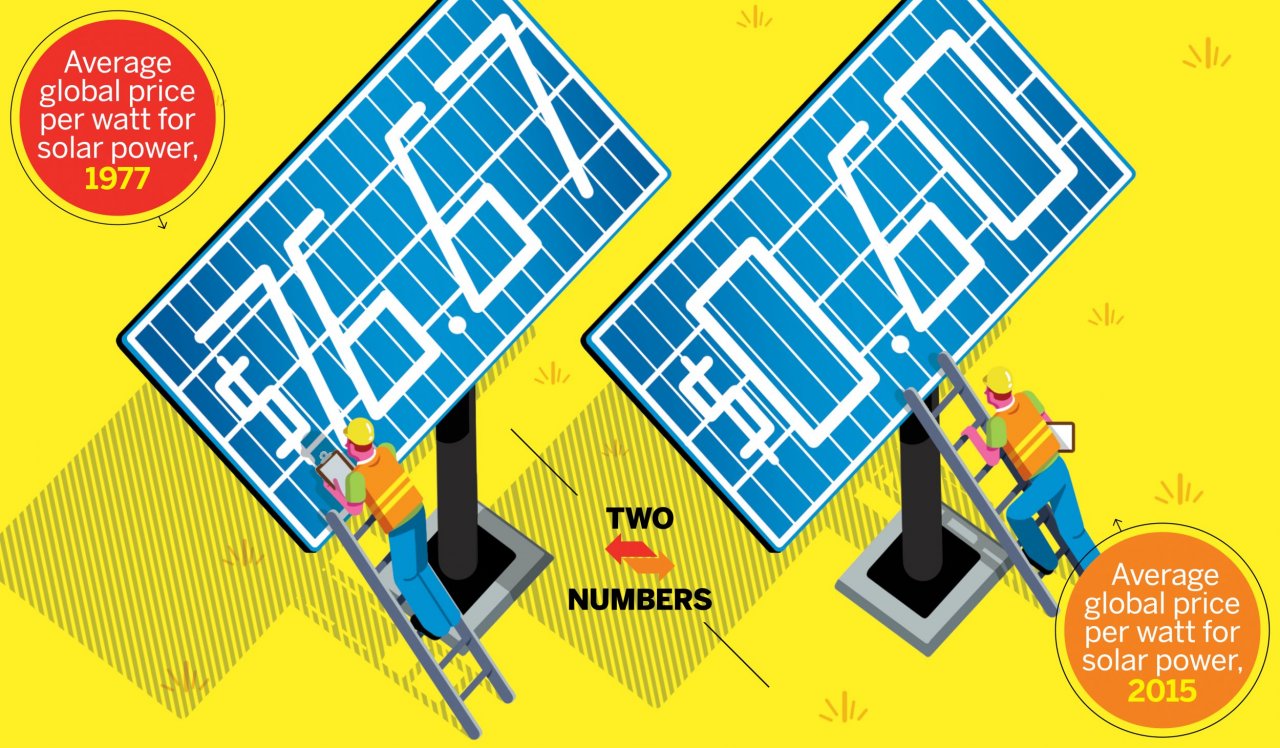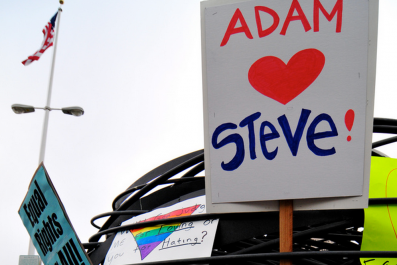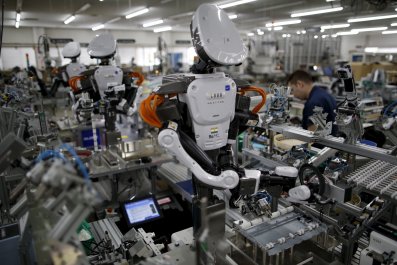Earlier this month, the White House announced the launch of a series of measures intended to make solar power more accessible to low- and middle-income households. Brian Deese, senior adviser to President Barack Obama on climate, said the administration aims to "deploy low-cost solar energy in every community in the country."
Ten or 15 years ago, that would have been unthinkable, because solar was too expensive. But the price in the U.S. has dropped precipitously in recent years. According to the National Renewable Energy Laboratory of the U.S. Department of Energy, the cost of installing solar panels on the average home has plummeted 70 percent since 1998, from nearly $86,000 for a 5-kilowatt installation (the average residential solar array) to just $26,000 in 2014.
In 1977, the average global price of installing solar panels was $76.67 a watt. Now, 38 years later, it's just 60 cents watt. That translates to a massive drop in per-month energy costs. According to the U.S. Energy Information Administration, the average U.S. household uses 10,908 kilowatt hours (kWh) per year; at an average retail price of 10.21 cents per kWh, that ends up costing $1,113.70 annually. A 5 kilowatt solar array can produce over 4,000 kWh per year, significantly cutting down a household's reliance on the grid — and monthly bill, once the costs of your home system are offset.
To date, solar energy still makes up just a small percentage of total U.S. consumption. The Institute for Energy Research says that solar is just 0.4 percent, compared with 35.4 percent for petroleum and 28 percent for natural gas, for example. Even wind energy, at 1.8 percent, dwarfs solar.
That might be because American solar remains significantly pricier than solar power in the rest of the world, partly due to U.S. tariffs on Chinese and Taiwanese solar products, where the cheapest panels are made. However, earlier this month, Jim Hughes, CEO of New York–based First Solar, predicted the U.S. will be down to $1 per watt solar by 2017, three years ahead of the U.S. Department of Energy's goal.
Many predict that as the price of solar technology continues to fall, and the pressures on nations to cut their greenhouse gas emissions mount, the sun will provide a major share of the world's future energy mix. A report by the International Energy Agency last year predicted solar could be the world's main source of energy as soon as 2050.
Correction: A previous version of this article incorrectly stated that the average retail price of electricity in the U.S. is $1.26 per watt. It is actually 10.21 cents per kilowatt hour (kWh). The article has been updated to account for the error.
















